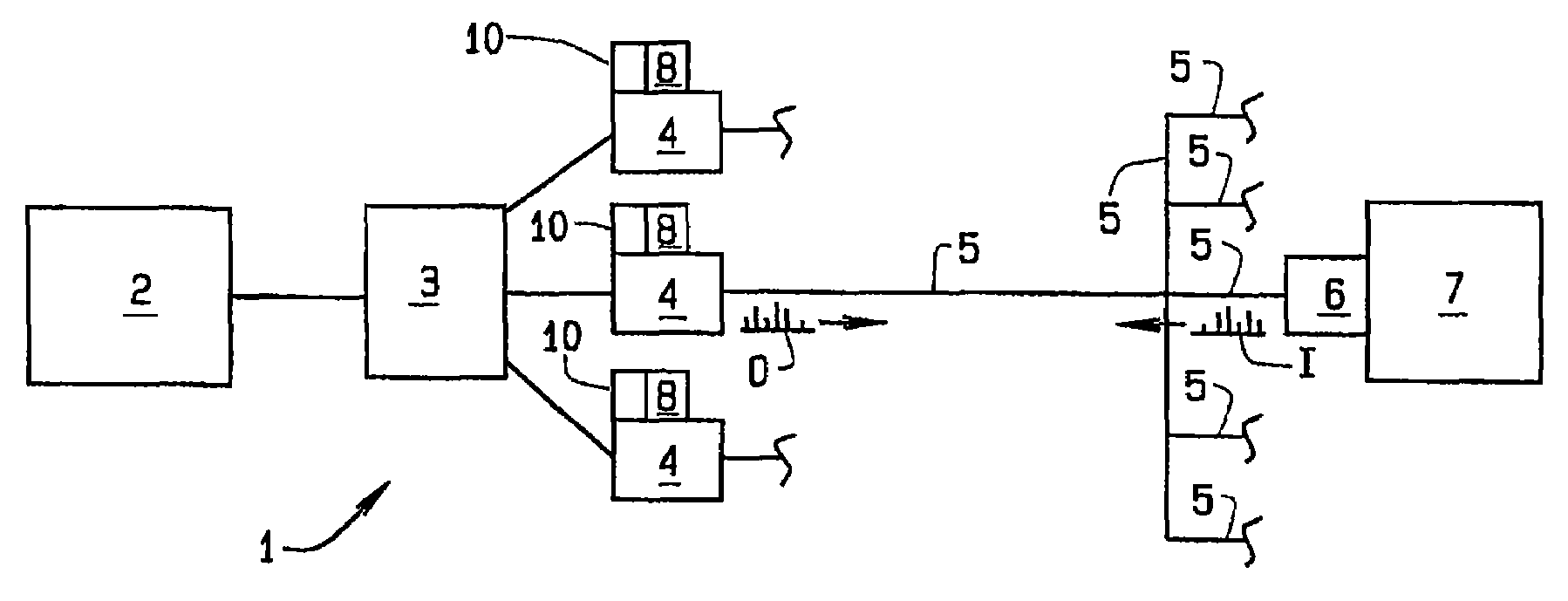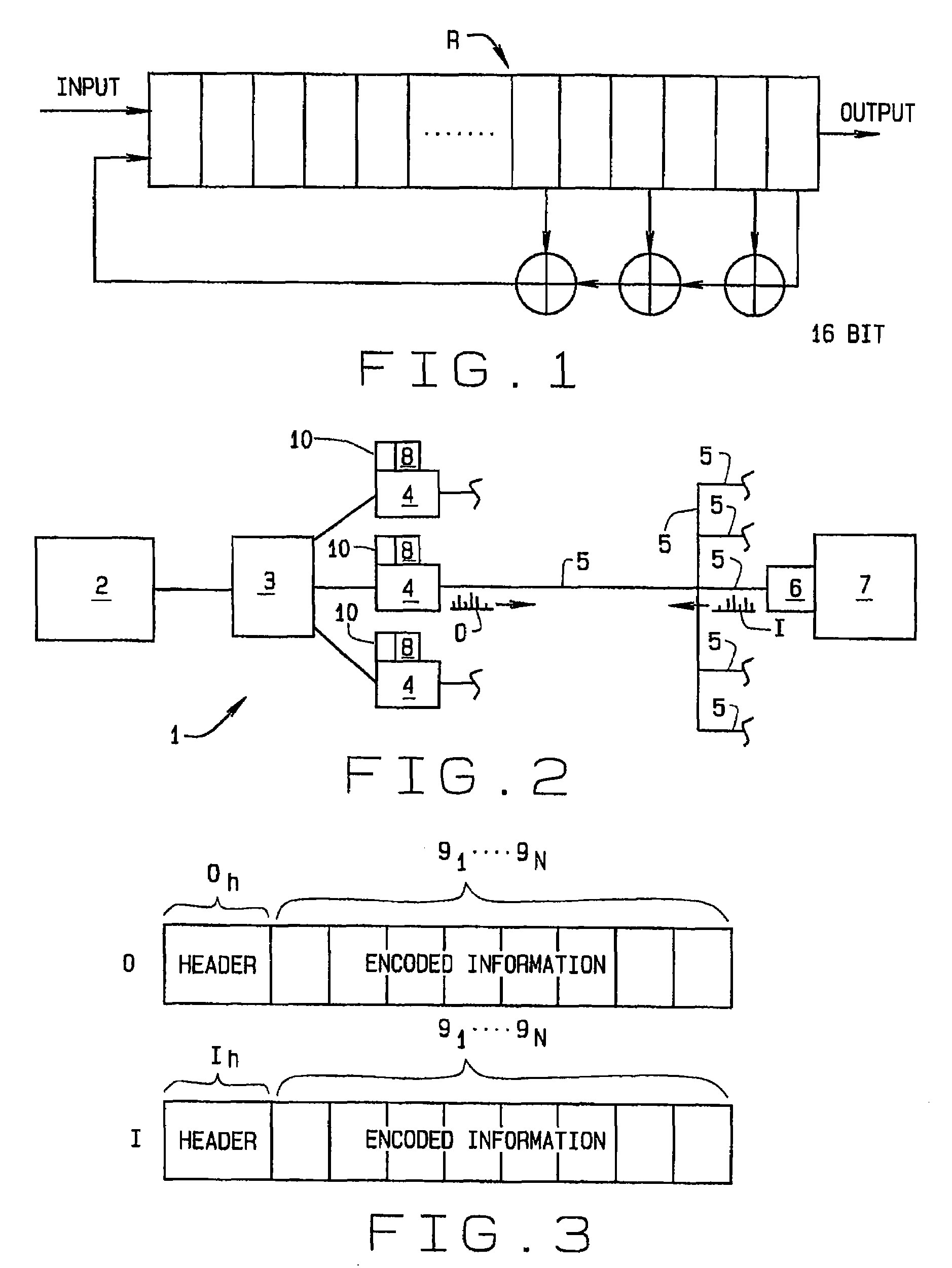Method of correcting message errors using cycle redundancy checks
a message error and cycle redundancy technology, applied in error detection, redundant data error correction, coding, etc., can solve the problems of request for a retransmission of the message, lack of sparse parity check matrix, computational complexity, etc., to improve the performance of message passing decoding and reduce the packet error rate of the communication channel
- Summary
- Abstract
- Description
- Claims
- Application Information
AI Technical Summary
Benefits of technology
Problems solved by technology
Method used
Image
Examples
Embodiment Construction
[0015]The following detailed description illustrates the invention by way of example and not by way of limitation. This description will clearly enable one skilled in the art to make and use the invention, and describes several embodiments, adaptations, variations, alternatives and uses of the invention, including what I presently believe is the best mode of carrying out the invention. As various changes could be made in the above constructions without departing from the scope of the invention, it is intended that all matter contained in the above description or shown in the accompanying drawings shall be interpreted as illustrative and not in a limiting sense.
[0016]Traditionally, a CRC has been implemented using a linear feedback shift register (LFSR) such as the 16 bit register R shown in FIG. 1. This is because of the shift register's very low cost when implemented in hardware. However, the serial nature of the register is not sufficiently fast for some applications. As is known ...
PUM
 Login to View More
Login to View More Abstract
Description
Claims
Application Information
 Login to View More
Login to View More - R&D
- Intellectual Property
- Life Sciences
- Materials
- Tech Scout
- Unparalleled Data Quality
- Higher Quality Content
- 60% Fewer Hallucinations
Browse by: Latest US Patents, China's latest patents, Technical Efficacy Thesaurus, Application Domain, Technology Topic, Popular Technical Reports.
© 2025 PatSnap. All rights reserved.Legal|Privacy policy|Modern Slavery Act Transparency Statement|Sitemap|About US| Contact US: help@patsnap.com



